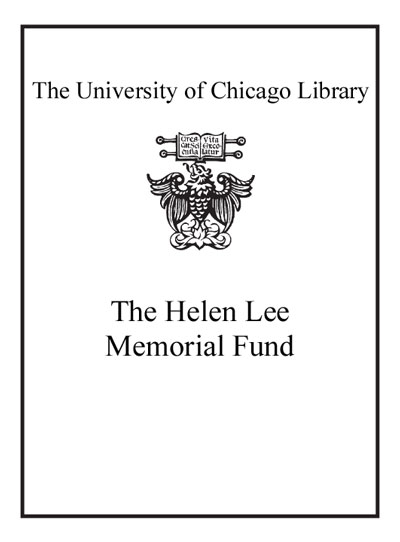In full bloom /
Saved in:
| Imprint: | Zwolle : Waanders Publishers, [2022] ©2022 |
|---|---|
| Description: | 143 pages : illustrations (chiefly color), portraits ; 30 cm |
| Language: | English |
| Subject: | |
| Format: | Print Book |
| URL for this record: | http://pi.lib.uchicago.edu/1001/cat/bib/12722256 |
Regenstein, Bookstacks
| Call Number: |
f ND1403.N4 I5413 2022
|
|---|---|
| c.1 | Checked out Request via Interlibrary Loan Need help? - Ask a Librarian |

